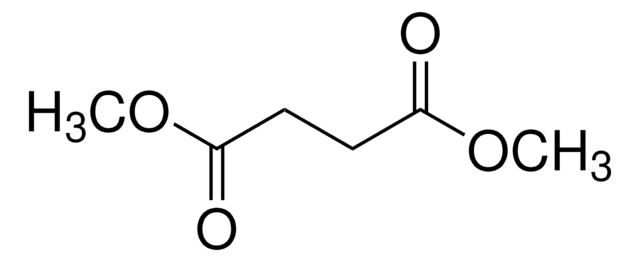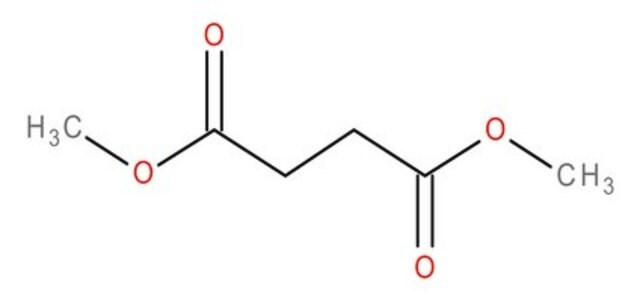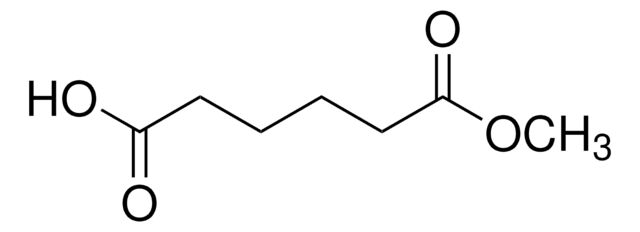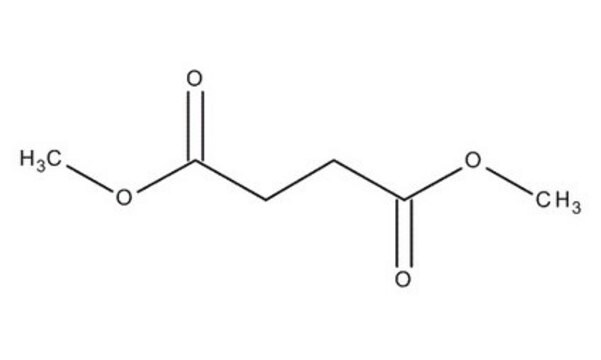857231P
Avanti
C18:1 Cyclic LPA
1-O-(9Z-octadecenyl)-sn-glycero-2,3-cyclic-phosphate (ammonium salt), powder
Synonym(s):
1-O-octadecenyl-sn-glycero-2,3-cyclic-phosphate (ammonium salt); AGP 18:1
Sign Into View Organizational & Contract Pricing
All Photos(2)
About This Item
Empirical Formula (Hill Notation):
C21H44NO5P
CAS Number:
Molecular Weight:
421.55
UNSPSC Code:
51191904
NACRES:
NA.25
Recommended Products
assay
>99% (TLC)
form
powder
packaging
pkg of 1 × 1 mg (857231P-1mg)
manufacturer/tradename
Avanti Research™ - A Croda Brand 857231P
lipid type
cardiolipins
phospholipids
shipped in
dry ice
storage temp.
−20°C
SMILES string
CCCCCCCC/C=C\CCCCCCCCOC[C@@H]1COP(O1)([O-])=O.[NH4+]
General description
Cyclic phosphatidic acid (cPA) is a naturally occurring analog of the growth factor-like phospholipid mediator, lysophosphatidic acid (LPA). The sn-2 hydroxy group of CPA forms a 5-membered ring with the sn-3 phosphate. cPA affects numerous cellular functions, including anti-mitogenic regulation of the cell cycle,induction of stress fiber formation, inhibition of tumor cell invasion and metastasis, and regulation of differentiation and survival of neuronal cells.
Interestingly, many of these cellular responses caused by cPA oppose those of LPA despite the activation of apparently overlapping receptor populations.
Interestingly, many of these cellular responses caused by cPA oppose those of LPA despite the activation of apparently overlapping receptor populations.
Packaging
5 mL Amber Glass Screw Cap Vial (857231P-1mg)
Legal Information
Avanti Research is a trademark of Avanti Polar Lipids, LLC
Storage Class
11 - Combustible Solids
wgk_germany
WGK 3
Certificates of Analysis (COA)
Search for Certificates of Analysis (COA) by entering the products Lot/Batch Number. Lot and Batch Numbers can be found on a product’s label following the words ‘Lot’ or ‘Batch’.
Already Own This Product?
Find documentation for the products that you have recently purchased in the Document Library.
Naturally occurring analogs of lysophosphatidic acid elicit different cellular responses through selective activation of multiple receptor subtypes.
Fischer DL, et al.
Molecular Pharmacology, 54, 979-988 (1998)
Inhibition of tumor invasion and metastasis by a novel lysophosphatidic acid (cyclic LPA).
Mukai M, et al.
International Journal of Cancer. Journal International Du Cancer, 81, 918-922 (1999)
Inhibition of cell proliferation by a unique lysophosphatidic acid, PHYLPA, isolated from Physarum polycephalum: signaling events of antiproliferative action by PHYLPA.
Murakami-Murofushi K, et al.
Cell Structure and Function, 18, 363-370 (1993)
Cyclic phosphatidic acid elicits neurotrophin-like actions in embryonic hippocampal neurons.
Fujiwara Y, et al.
Journal of Neurochemistry, 87, 1272-1283 (2003)
Yuko Fujiwara
Biochimica et biophysica acta, 1781(9), 519-524 (2008-06-17)
Cyclic phosphatidic acid (CPA) is a naturally occurring analog of the growth factor-like phospholipid mediator, lysophosphatidic acid (LPA). The sn-2 hydroxy group of CPA forms a 5-membered ring with the sn-3 phosphate. CPA affects numerous cellular functions, including anti-mitogenic regulation
Our team of scientists has experience in all areas of research including Life Science, Material Science, Chemical Synthesis, Chromatography, Analytical and many others.
Contact Technical Service







